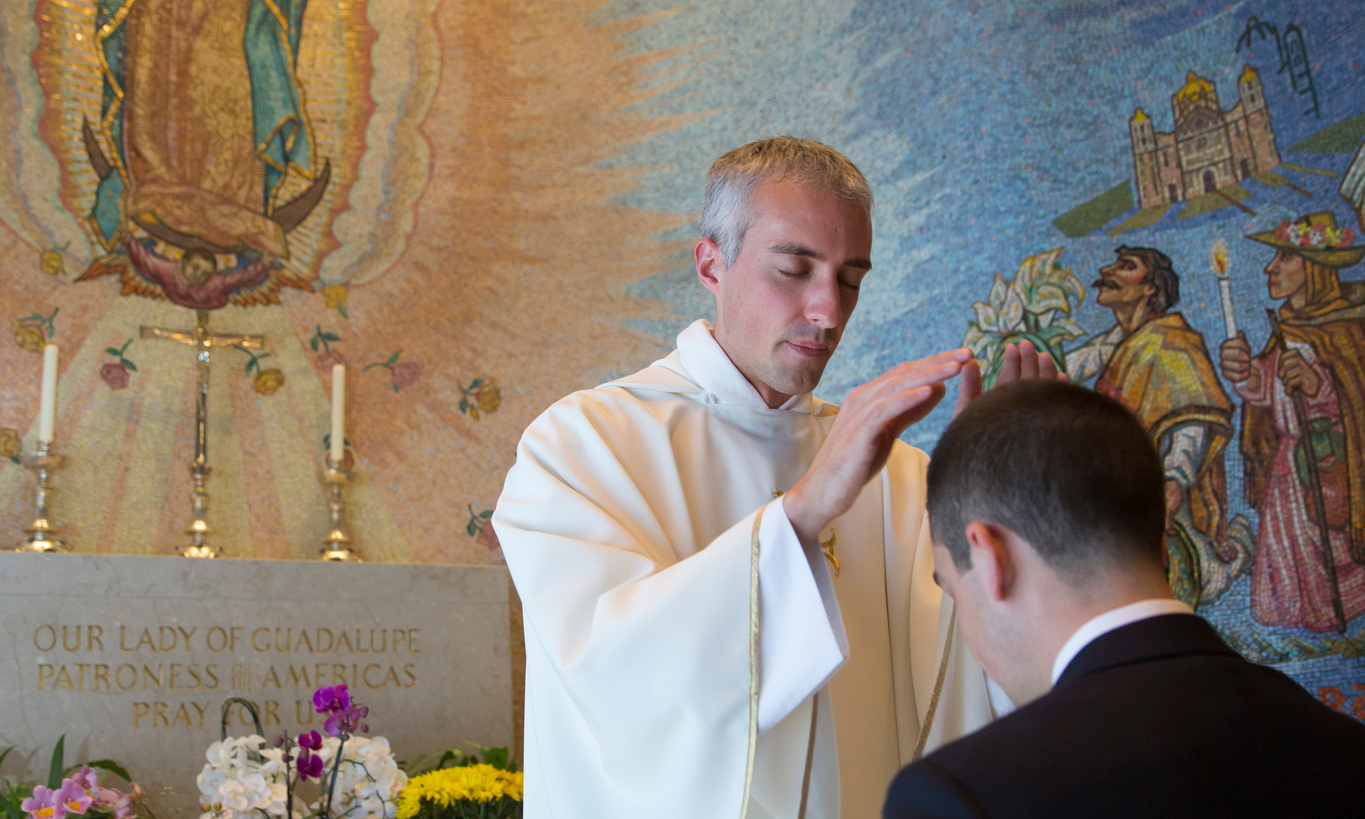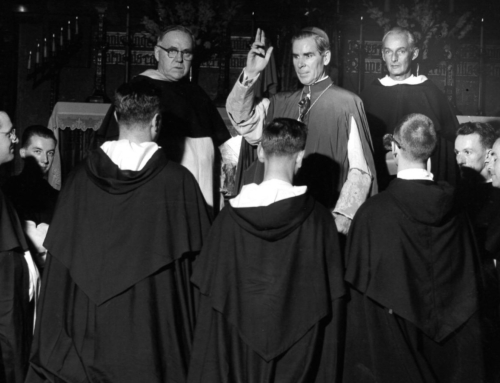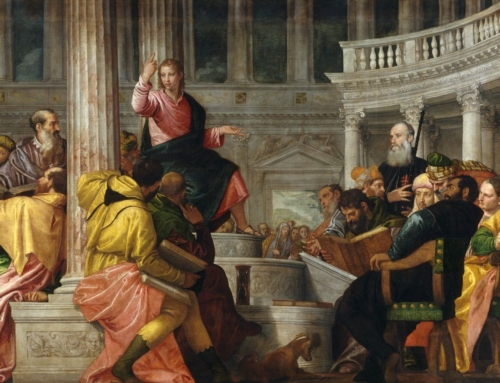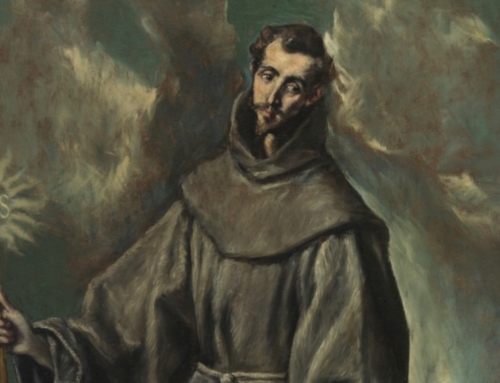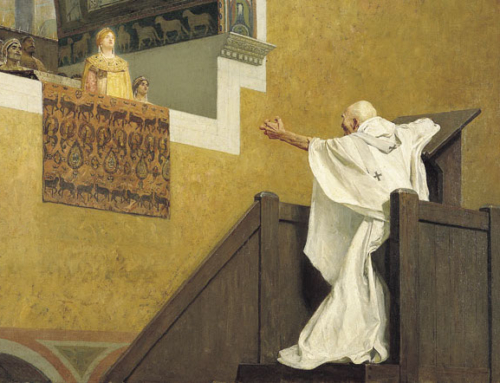“Why does it take so long to become a priest?” I get this a lot. Many people seem to think, subconsciously, that a priest is just the guy you call to officiate at your wedding or to provide marriage counseling; what would make that take so long?
Recently, just to prove the insanity of it, my cousin took the challenge of getting ordained—in fifteen minutes. Yes, it’s true: the Universal Life Church will “ordain” anyone and everyone as an official “minister” … in just fifteen minutes. It sounds crazy, and, for those who see the priestly ministry simply as one of witnessing and counseling marriages, it might even fuel confusion over the length of seminary formation.
One simple answer is that a Catholic priest must have a theology degree; and to do theology well, he must first have some philosophical training. All that takes, on average, six years. But Protestant ministers, who are not priests, also have what amounts to a theology degree—such as the master of divinity.
So, what is the point of a Catholic priest in particular? When a man receives the sacrament of priestly ordination, his very being is re-configured. He now acts in the person of Christ such that, when a priest celebrates the sacraments, preaches the Word of God, and governs the life of the Church, it is no longer he who is speaking and working but Christ Himself speaking and working through him.
But, humanly speaking, the priest must reflect Christ to others as in a mirror: completely self-sacrificing and completely self-effacing. As Fr. Basil Cole, O.P. teaches, the priest must be an icon, an image, of Christ—decreasing himself so that Christ can increase in him.
However, a priest does not become a perfect image of Christ simply by his ordination. So, to address this question, Pope John Paul II laid out four pillars of priestly formation in his exhortation Pastores Dabo Vobis: human, spiritual, intellectual, and pastoral formation. Each of these needs time to coalesce in a man, and this is what a rather long period of seminary formation is meant to provide.
Human formation, which the pope calls “the basis of all priestly formation,” is about cultivating virtues—humanly speaking, the virtues for interacting well with people, such as politeness, kindness, generosity, friendliness. Cultivation of virtue strips a man of his bad habits of self-love so that he can be shaped into an icon of Christ.
It may seem ironically dehumanizing for someone to submit himself to being stripped; in fact, at first glance, the 15-minute ordination might even seem more human. But here’s where the seminarian has to realize that to be stripped of himself is to make way for Christ to live in him. In being stripped of his vices he actually becomes more human—because Christ, who redeemed and sanctified our humanity, now lives and acts more fully in him.
Intellectual formation is important because the seminarian needs to acquire the wisdom to understand and explain the faith and to motivate people to live it. Pastoral formation teaches him, over time, how to reflect Christ to others in the practicalities of a priest’s everyday life. And spiritual formation is intimately bound up with the other three, since the increasing desires to know God (intellectual), to imitate Him (human), and to serve Him (pastoral) are fed by contemplation—contemplation which comes from the development of a very personal relationship with Christ, assiduous study, and growth in virtue.
All four pillars of priestly formation are equally important for this task, and their mutual operation towards molding icons of Christ is what distinguishes Catholic seminary formation from others.
The responsibility of reflecting Christ to others is a mighty one, and God chooses very weak men to take it on. So, even though the seminarian is ordained to the priesthood after six years to become officially and sacramentally an image of Christ, he must continuously strive for growth in virtue throughout his whole life, as must all Christians. Only in this way can he become, ever more perfectly, the icon into which he was made at ordination.
So priestly formation never really stops.
✠
Image: A first priestly blessing

